Household use "photovoltaic + energy storage" confusion
One year has passed, and the old red has fallen into extreme confusion. I am afraid that if you don’t call for "no longer deploying energy, you will be late" and will regret it in the future. I am afraid that if you "do not lay out the energy storage, you will be late". The call is early, and there will be no face in the future.
I want to say "I will be late if I don't lay out energy storage" because Laohong sees that the frequency of information on energy storage in the past year has increased from 10% to 40%:
"In 2019, the number of PV users installing energy storage batteries in Australia reached 70,000, which is close to 5% of the installed PV households. It also makes Australia's "photovoltaic + energy storage" ratio of 30% of the global battery."
"European household PV energy storage systems are approaching grid parity. It is expected that the cost of households' own power generation will be lower than the cost of purchasing electricity from the grid as soon as 2021. The household PV + energy storage system in Europe will grow five times. By then, the annual installed capacity will reach 500MW/1.2GWh."
"Since 2017, nearly 50% of residential solar power installations in Europe have been equipped with battery energy storage systems. Germany now deploys about 150,000 home energy storage systems with a storage capacity of approximately 1 GWh."
"The number of household energy storage installations is growing rapidly in the United States: over the past four years, the annual growth rate has exceeded 200%, and this trend will continue. Starting in 2020, California will require new homes in the state by modifying the building regulations. Install photovoltaic systems and encourage builders to install battery energy storage systems."
I want to say "I will be late if I don't lay out energy storage" because Laohong sees that the cost of energy storage is approaching the level acceptable to the market:
Energy storage has no independent use value. Energy shifting is the main application scenario of energy storage. Its value is reflected in different application scenarios, just like "photovoltaic + energy storage" is the price of photovoltaic power generation system.
According to the analysis of experts, the energy storage cost needs to be reduced to 0.6 yuan / wh or less. "Photovoltaic + energy storage" has the price competitiveness of affordable Internet access. In the past, there have been some news like this:
"Haida has won the third batch of battery packs of Pinggao Group at a unit price of 0.9 yuan/Wh, which has once again triggered the discussion about the cost of lithium iron phosphate batteries in power storage applications";
"Wisdom energy subsidiary Far East Foster signed a "Energy Storage Battery System Framework Purchase Agreement" with Zhejiang Storage Energy. The agreement stipulated that the 330MWH energy storage battery pack provided by Far East Foster will be delivered to Zhejiang Energy Storage with a total order value of 267 million yuan. It is estimated that the price of the transaction battery is about 0.81 yuan / Wh";
The industry turning point of energy storage "1.5 yuan / Wh system cost has been broken in 2018, the lowest cost is constantly refreshed, the cost of manufacturing cells of 0.5-0.7 yuan / Wh has appeared, less than 0.3 yuan / Wh of electricity Cost is expected to be realized this year";
"The battery energy storage system is currently on the 'profit edge' in several market segments in Germany."
I am afraid that "you will not be able to lay out energy storage." The appeal is early, because Laohong has seen that many experts say that "photovoltaic + energy storage" is difficult to have economic value in a short period of time:
"We have lowered the expectation of the development of the user-side energy storage (Behind-the-meter). We have lowered the forecast of the development speed of the household and industrial and commercial users' side energy storage market";
"The extent to which user-side energy storage projects will participate in the electricity market and provide power system services remains highly uncertain. On the one hand, the economics of user-side energy storage projects are still not optimistic, on the other hand, the lack of suitable business Modes, technical solutions and institutional environments have also limited their development. However, by 2040, we expect user-side energy storage to replace the cumulative installed capacity of 7% of power system energy storage projects";
"As for the user side, especially the user side of the park, I am not optimistic at present. Why do you say this? First, the income model is too single. It depends on the peak-valley price difference. It is too much affected by the policy. The side is directly extinguished."
I am afraid that "you will not be able to lay out energy storage." The appeal is early because Laohong gradually realized that the power system reform effect is not satisfactory. Although the production cost of energy storage batteries is rapidly declining, there is no scale to realize the cost of energy storage. market. Some experts said:
"Some people think that the commercialization of the energy storage market depends on the cost. Then I ask you, when is the cost reduced to the head? The previous 1.5 yuan / wh can not work, now 1 yuan / wh still not, then 0.5 yuan / wh can not According to the current awkward market mechanism, no one can build a dime, and it cannot stimulate the internal motivation of the market."
"Energy storage cost is not an obstacle to application, the mechanism is. Energy storage has 4-5 functions, and even more. In the absence of a fair market environment and a price-paying mechanism, the multiple application values of energy storage cannot be fully utilized. reflect".
Regarding "It’s too late to lay out energy storage," the words of approval and disapproval all let the energy storage experts say, but no one answered the confusion of Laohong: China, Australia, Germany, and California face the same The problem is, but China, which has the world's strongest PV production capacity and the largest capacity of energy storage batteries, why is it far behind Australia, Germany, and California in the "photovoltaic + energy storage" market?
Related articles
-
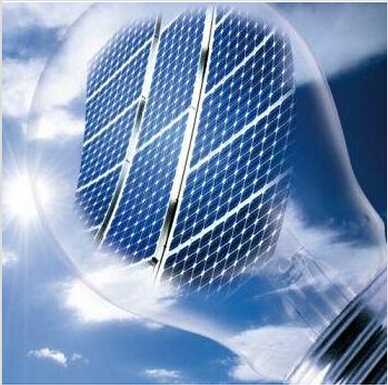
Oriental Risheng invited to meet with the Indonesian Minister of Industry to promote Sino-Indian photovoltaic industry in-depth cooperation
Last week, the world's leading provider of photovoltaic power generation solutions, Dongsheng Sunrise New Energy Co., Ltd. (hereinafter referred to as"Oriental Sunrise") announced that the company's o
-
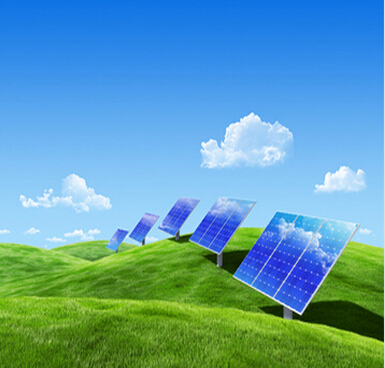
Photovoltaic industry needs a leader who needs a long runner
"Why is there a"leader plan", but there is no long runner plan? PV needs a"long runner plan.""April 18 Sino-US PV annual meeting, Grape Solar chairman Yuan Haiyang said.One, the hot leader of the base
-
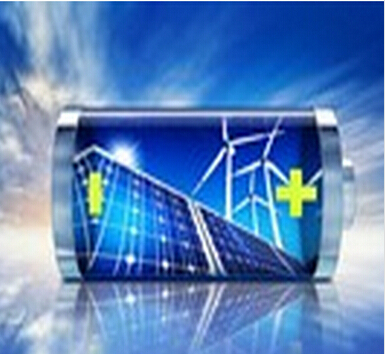
Analysis on the Business Value of Eight Energy Storage Enterprises in
South are power: from the lead to the lithium battery, cast the king of the cycleProduct + resources, recycling economy kingThe company in the field of lead batteries has formed a"product + resources"
-
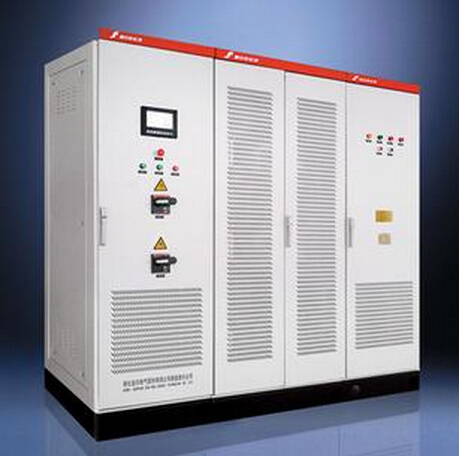
Principles and Selection Techniques of Photovoltaic Inverter
At present, the common solar photovoltaic power generation system grid-connected program, according to the working voltage of the solar cell matrix can be divided into low-voltage grid-connected syste
-

Pakistan's China Photovoltaic power plant grows plants under the photovoltaic panels
February 9, 2017 reported that ZTE Energy Pakistan 900 MW PV project is one of the early acquisition projects of the China-Pakistan Economic Corridor. The project is located in the name of the father of Pakistan, named after the industrial park - Zhenna Industrial Park, this area originally belong to state-owned land, so the relocation of immigrants
-
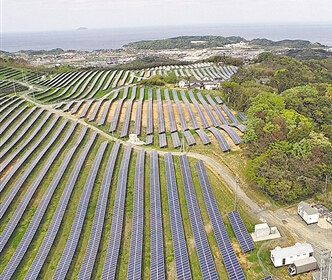
Japan photovoltaic power plant used in China
The second phase of 12 megawatts of photovoltaic power plant project in Shimane Hiroshi, Shimane, Japan, which is the largest solar power station in western Japan, which is developed, constructed and operated by Japanese companies.
-

PV 2017: strong stronger
Recently, the National Energy Board released 2016 photovoltaic power generation statistics. Data show that as of the end of 2016, China's new installed capacity of photovoltaic power 34.54 GW, the cum
-

UK pension fund acquires Trina Solar Power Station assets
Recently, the world's leading solar energy solutions provider Trina Solar Limited ("Trina Solar"), announced with the British pension fund Pensions Infrastructure Platform (hereinafter referred to as"
















 RCCN WeChat QrCode
RCCN WeChat QrCode Mobile WebSite
Mobile WebSite